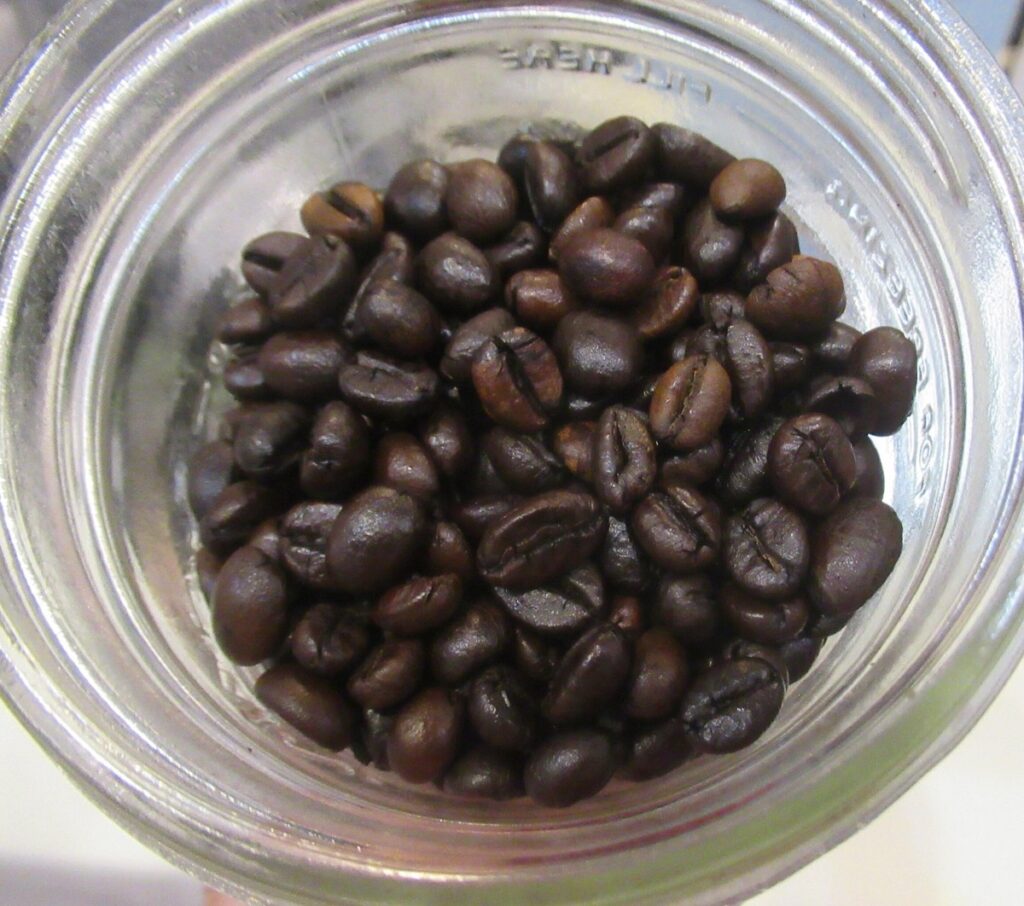Stingray pattern
Kopi Luwak is quite popular and its markets are well known in several countries in South and East Asia. Its popularity has also grown in Europe and the US, with India recently emerging as a new emerging market. Since there have been no similar studies on the chemical properties of kopi luwak from the Indian subcontinent, the authors of the latest study decided to fill this scientific gap. They focused on civet coffee produced in Kodaguwhich produces nearly 36 percent of India's total coffee production.
The authors collected 68 samples of fresh civet droppings from five different sites in Kodagu during the peak fruit harvest in January this year. Collectors wore gloves to avoid contamination of the samples. For comparative analysis, we also collected several bunches of ripened Robusta coffee berries. They washed the excrement samples to remove feces and also removed all palm seeds and other elements to ensure only Robusta the beans are left.
For hand-picked berries, the authors removed the pulp after a natural fermentation process and then dried the beans in the sun for seven days. They then removed the skins from both the dung and hand-picked berries and dried the beans in the oven for two hours. None of the bean samples were roasted, as roasting could significantly change the acidity and chemical composition of the samples. For chemical analysis, 10 individual samples (five from each berry harvesting site) were ground into powder and subjected to various tests.
Civet beans had higher fat content, especially those compounds known to affect aroma and flavor such as caprylic acid and methyl esters that contribute to the characteristic aroma and flavor of kopi luwak, but lower levels of caffeine, protein and acidity, which reduced bitterness. The lower acidity is likely due to the fact that coffee cherries are naturally fermented in civet cats' digestive tracts, and more remains to be learned about the gut microbiome's role in all of this. There were also several volatile organic compounds common to standard coffee that were extremely low or completely absent in the civet samples.
In short, the comparative analysis “further supports the view that civet coffee is chemically distinct from traditionally produced coffees of similar types, primarily due to fermentation,” the authors concluded. They recommend further research using roasted samples, as well as studying other coffee varieties, samples from more diverse farms, and the effects of certain environmental conditions such as canopy cover and the presence of wild trees.
Scientific reports, 2025 DOI: 10.1038/s41598-025-21545-х (About DOI).









